Highlights in the History of the Army Nurse Corps, 1940 to 1950
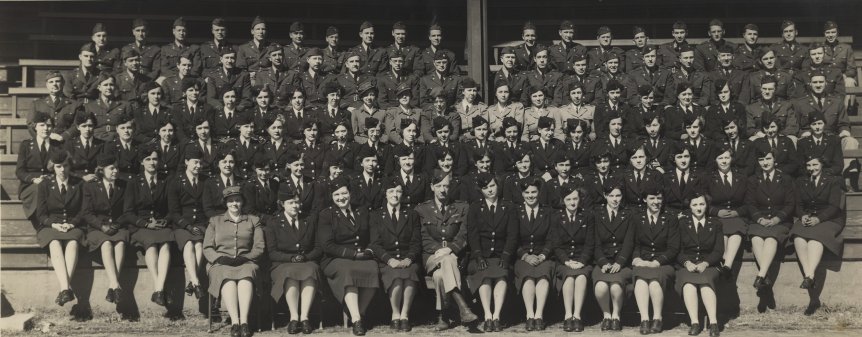 When the U.S. entered World War II following the bombing of Pearl
Harbor on December 7, 1941 there were fewer than 7,000 nurses on active duty.
By 1945, more than 57,000 Army nurses were assigned to hospital ships and
trains; flying ambulances; and field, evacuation, station, and general hospitals at
home and overseas. This is the largest number of nurses on active duty in the
history of the organization.
When the U.S. entered World War II following the bombing of Pearl
Harbor on December 7, 1941 there were fewer than 7,000 nurses on active duty.
By 1945, more than 57,000 Army nurses were assigned to hospital ships and
trains; flying ambulances; and field, evacuation, station, and general hospitals at
home and overseas. This is the largest number of nurses on active duty in the
history of the organization.
 Wartime experience
brought innovations that revolutionized medical services. Military nursing
gained a greater understanding of the process of shock, blood replacement, and
resuscitation. These healthcare professionals assisted in developing recovery
wards for immediate postoperative nursing care. Air evacuation from the combat
zone by fixed-wing aircraft brought patients to definitive treatment quickly.
Army flight nurses helped to establish an incredible record of deaths in flight – only five
per 100,000 patients.
Wartime experience
brought innovations that revolutionized medical services. Military nursing
gained a greater understanding of the process of shock, blood replacement, and
resuscitation. These healthcare professionals assisted in developing recovery
wards for immediate postoperative nursing care. Air evacuation from the combat
zone by fixed-wing aircraft brought patients to definitive treatment quickly.
Army flight nurses helped to establish an incredible record of deaths in flight – only five
per 100,000 patients.
These officers
endured hardships while caring for their patients. On May 1942, with the fall of Corregidor in the
Philippines, 67 Army nurses became Japanese prisoners of war. During the
thirty-seven months captivity, 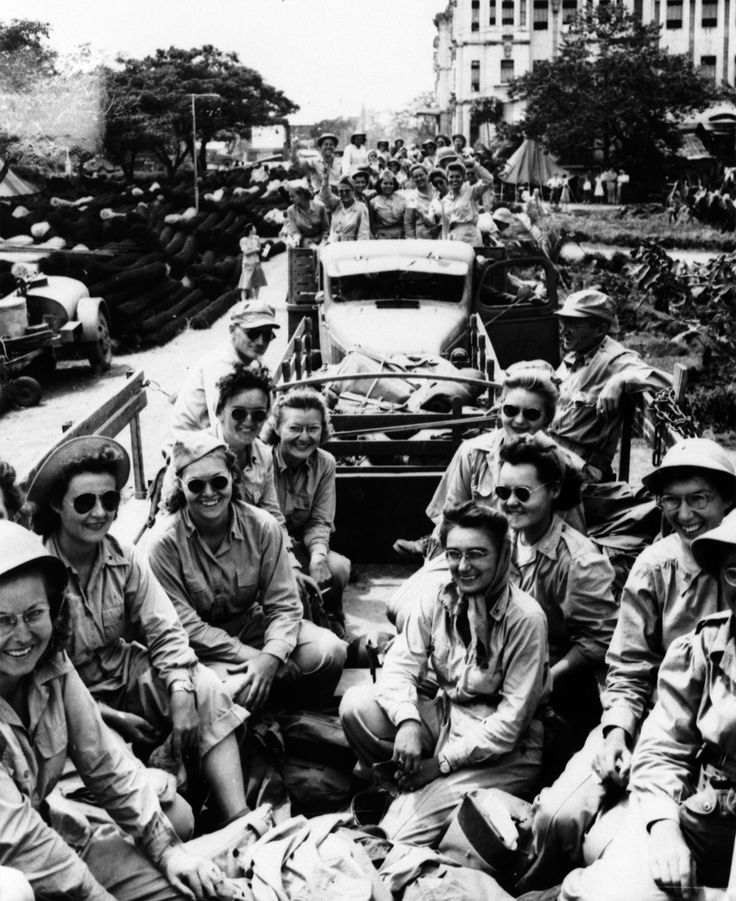 these women endured primitive conditions and
starvation rations, but still they continued to care for the ill and injured in
the internment camp hospital.
these women endured primitive conditions and
starvation rations, but still they continued to care for the ill and injured in
the internment camp hospital. 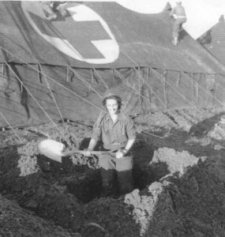 In Anzio on January 1944,army
In Anzio on January 1944,army 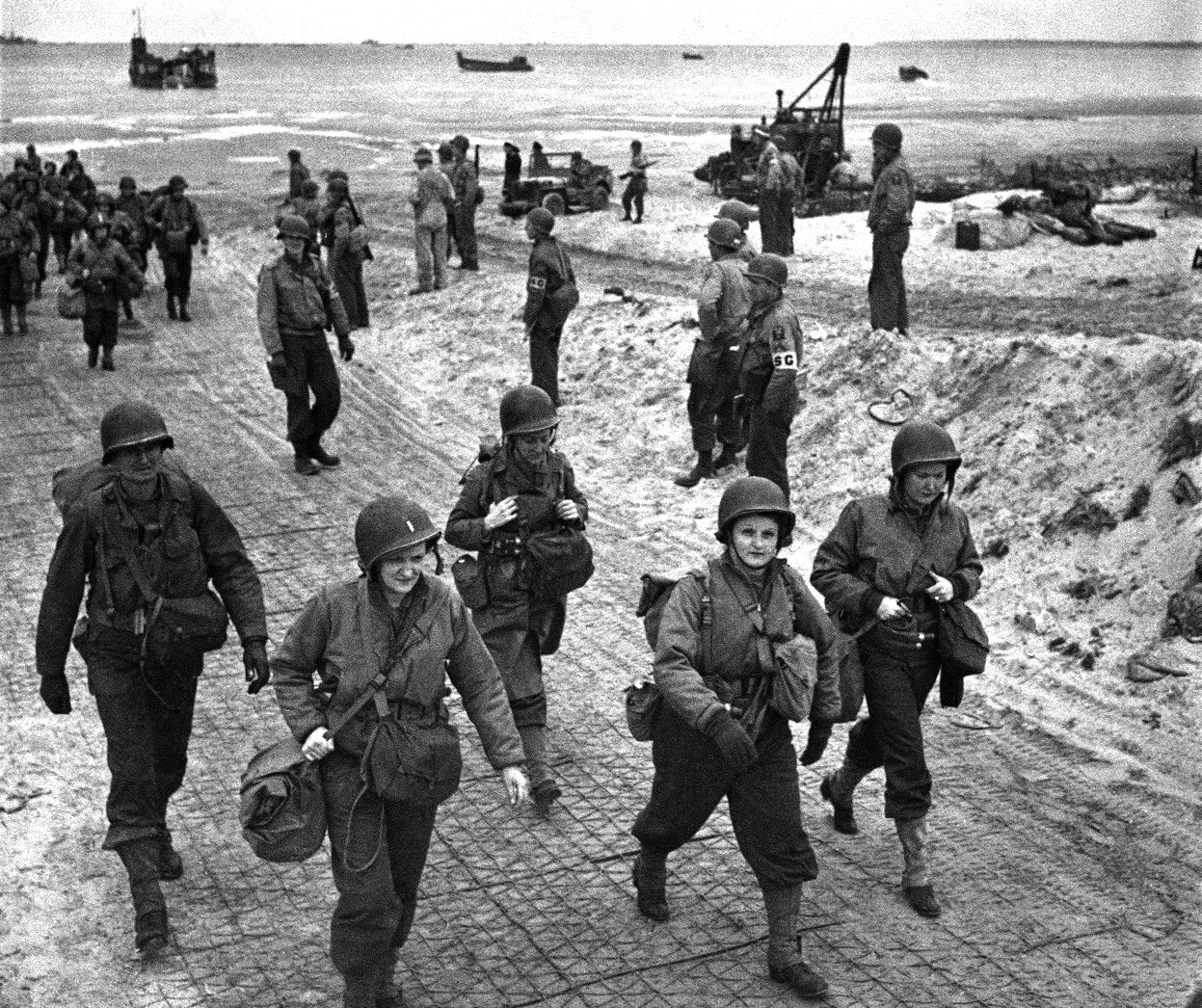 nurses dug their
foxholes outside their tents and cared for patients under German shellfire.
Their example bolstered the spirits of the soldiers who shared the same tough
experience. Two evacuation hospitals, with their complement of nurses, landed
in Normandy on June 1944, four days after the invasion.
nurses dug their
foxholes outside their tents and cared for patients under German shellfire.
Their example bolstered the spirits of the soldiers who shared the same tough
experience. Two evacuation hospitals, with their complement of nurses, landed
in Normandy on June 1944, four days after the invasion.
After the war, broad public health missions required that
Army nurses supervise communicable disease measures as former enemy countries
were reorganized. In Hiroshima, these officers cared for victims of the atomic
bombs. In Munich, they prevented mass epidemic among displaced persons camps.
In Hamburg, the healthcare professionals established prenatal clinics, and well
baby clinics. In Heidelberg, they helped people psychologically impaired by
this tough war.
The Corps’ military status continued to evolve during the
post-war demobilization. And what a demobilization it was! In one year, the branch’s active duty
end strength dropped from 57,000 to 8,500 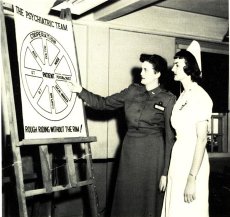 personnel. On 16 April
1947, Public Law established the ANC in the Medical Department of the Regular
Army and authorized an end strength of no less than 2,558 nurses. It also
provided permanent commissioned officer status for members of the Corps in the
grades of Second Lieutenant through Lieutenant Colonel.
personnel. On 16 April
1947, Public Law established the ANC in the Medical Department of the Regular
Army and authorized an end strength of no less than 2,558 nurses. It also
provided permanent commissioned officer status for members of the Corps in the
grades of Second Lieutenant through Lieutenant Colonel.
Specialized requirements in military nursing
became the focus of the postwar period. Courses were designed in anesthesia,
psychiatric, operating room and community health nursing. Army nurses attended
the hospital administration course.
Photos
|
Left side:
Johns Hopkins' 118th General Hospital Unit, Baltimore, 1942
WWII Army nurse POWs beginning their journey home in Manila
Digging a foxhole at Anzio
|
Right from top:
Flight nurse and patients aboard a C-47
Army Nurses coming ashore at Normandy
Neuropsychiatric nursing instructor and student
|
Text by ANCA Historian COL (Ret.) C. J. Moore; Photos courtesy of the Army Medical Department Center of History and Heritage